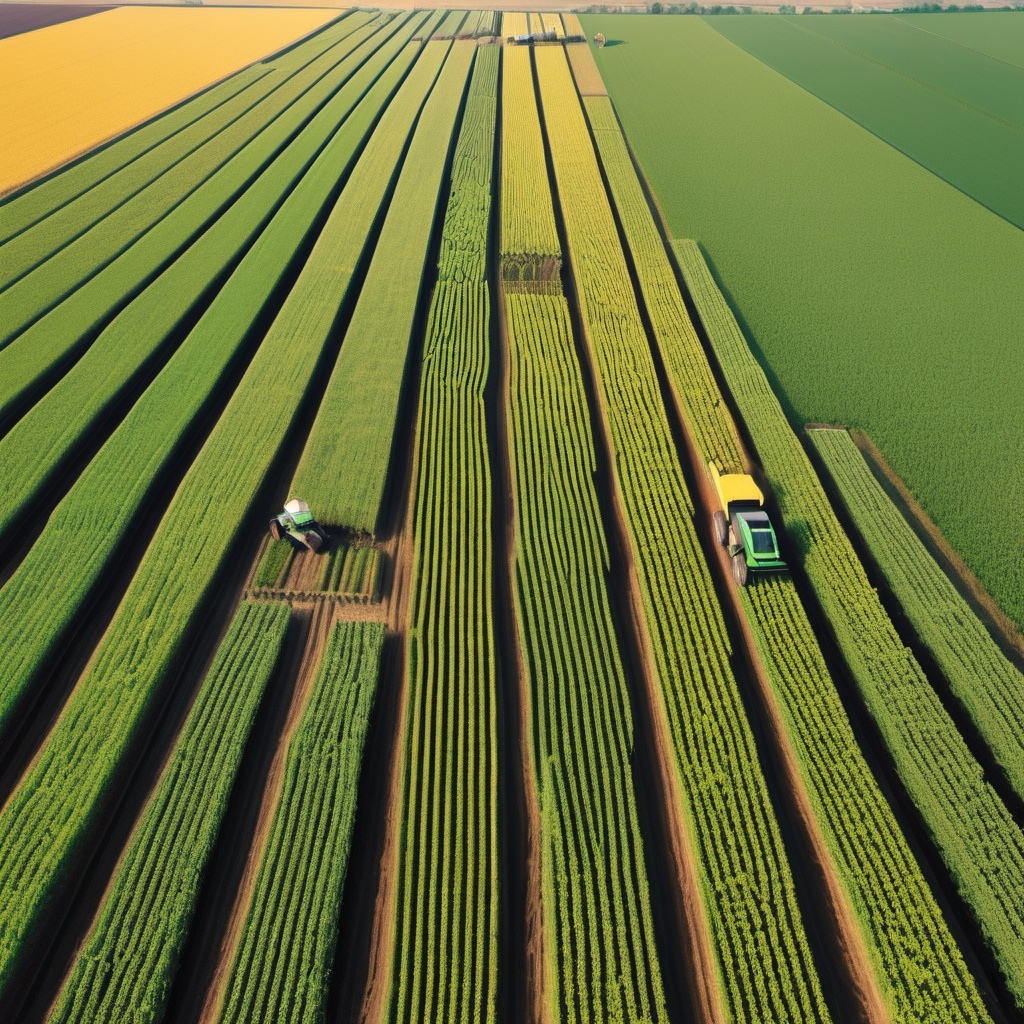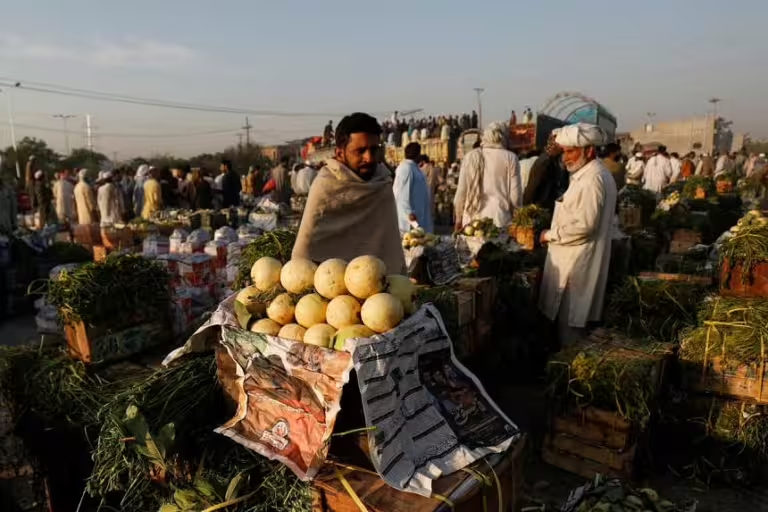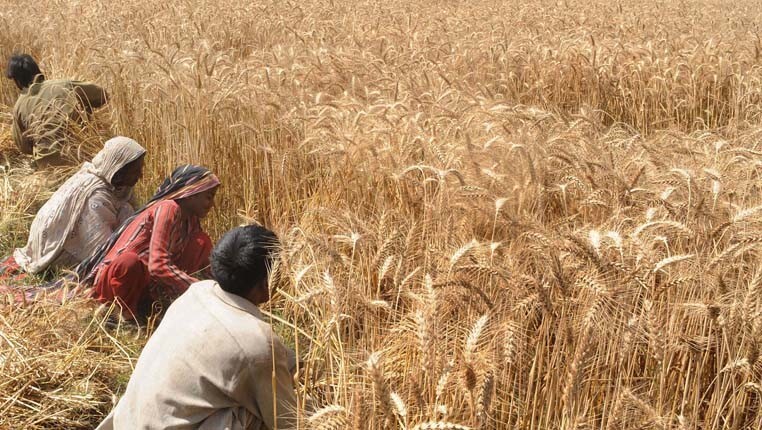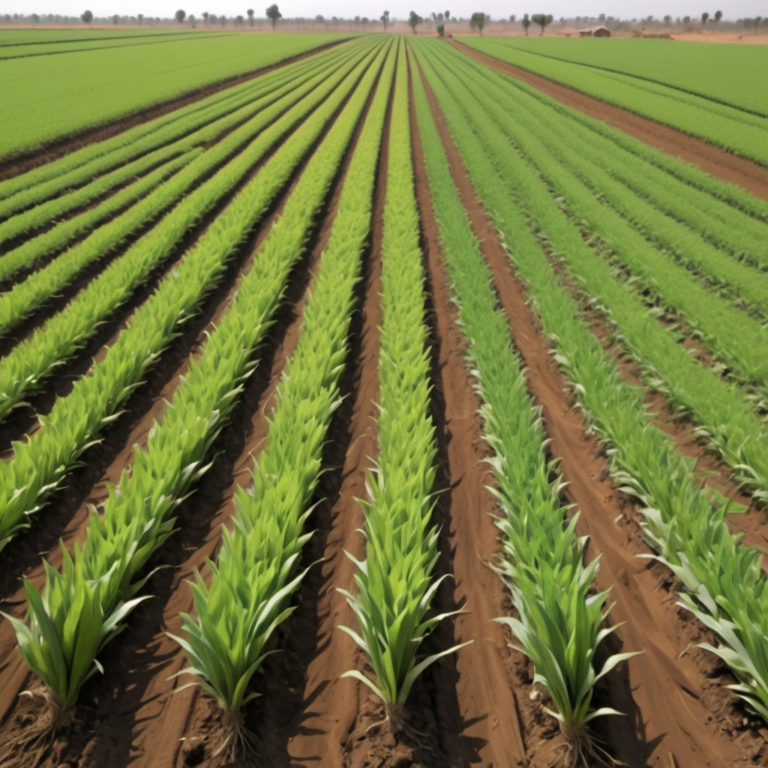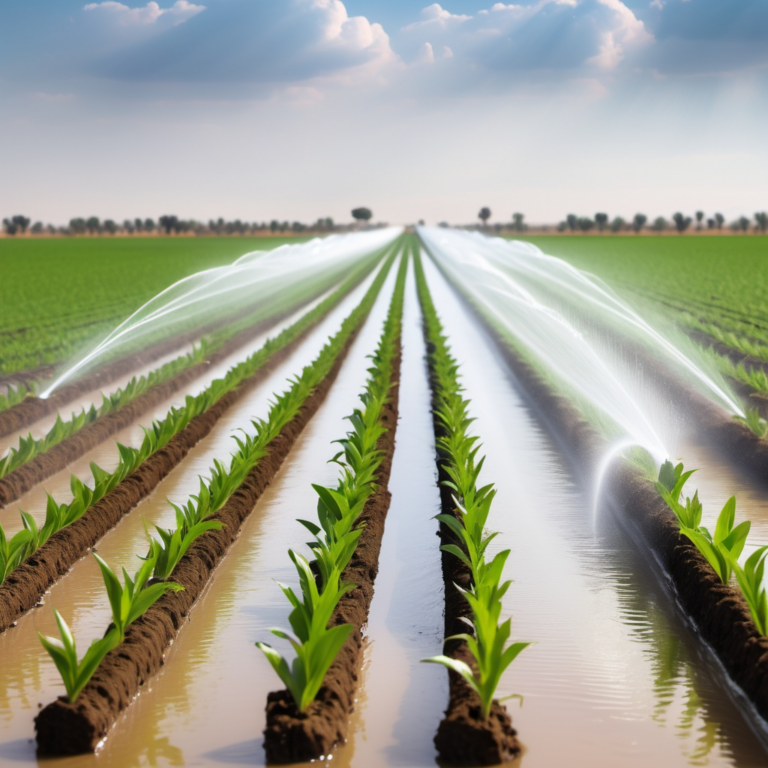Precision Agriculture Technologies: Implementation Challenges and Solutions
Precision agriculture (PA) is revolutionizing the agricultural sector by leveraging cutting-edge technologies such as satellite imagery, GPS-guided equipment, drones, and Internet of Things (IoT) sensors to optimize farming practices. While the benefits are numerous—higher crop yields, efficient resource use, and cost savings—implementing these technologies in real-world agricultural settings presents significant challenges. Understanding these challenges and their potential solutions is crucial for the effective deployment of PA technologies, especially in developing regions like Pakistan.
Challenges
- High Initial Investment Costs
One of the primary barriers to implementing precision agriculture technologies is the high initial capital required. Technologies like GPS-guided tractors, drones for field monitoring, and IoT sensors involve substantial upfront costs that many small- to medium-scale farmers cannot afford. Additionally, these technologies require periodic upgrades and maintenance, further increasing operational expenses. In countries like Pakistan, where a large percentage of the agricultural workforce comprises smallholder farmers, the financial burden of adoption is a significant hurdle. - Lack of Technical Knowledge and Training
Precision agriculture requires technical expertise to operate and maintain advanced tools and software. Unfortunately, many farmers lack the training and knowledge to use these technologies effectively. Even when the equipment is available, the absence of adequate training programs and extension services limits its full utilization. Additionally, there is often a language barrier for farmers in developing regions when it comes to understanding user manuals or software interfaces, which are typically written in English or other non-native languages. - Limited Internet and Connectivity Infrastructure
The efficiency of PA technologies, particularly those utilizing IoT sensors, relies heavily on stable internet connections and real-time data transfer. In rural areas of developing countries, including Pakistan, internet access is often slow, expensive, or unavailable. This lack of reliable connectivity limits the implementation of data-driven solutions, impeding real-time monitoring and decision-making. - Data Management and Interpretation
Precision agriculture generates a vast amount of data—soil moisture levels, weather patterns, pest activity, and crop growth rates, among others. However, collecting this data is only part of the challenge; farmers need the ability to interpret it and make informed decisions. The complexity of data analytics and the need for specialized software tools can be overwhelming, especially for farmers unfamiliar with these technologies.
Solutions
- Government Subsidies and Financial Aid
To mitigate the high costs of implementing precision agriculture technologies, governments can play a critical role in providing subsidies or low-interest loans to farmers. Public-private partnerships (PPPs) can also help reduce financial barriers by enabling access to shared resources such as drone services or sensor technology. Additionally, agritech startups could explore leasing models that allow farmers to use the technology without needing to purchase it outright. - Farmer Education and Capacity Building
Comprehensive training programs must be developed to bridge the knowledge gap among farmers. Governments, agricultural universities, and private organizations can collaborate to offer workshops, online courses, and field demonstrations in local languages. Providing hands-on experience with PA tools and creating digital literacy programs for rural farmers can significantly increase adoption rates. - Improving Rural Connectivity
Investment in rural internet infrastructure is crucial for the success of precision agriculture. Governments and telecommunications companies need to focus on expanding broadband and mobile networks in rural areas. Satellite-based internet solutions, such as those provided by companies like Starlink, offer potential alternatives to conventional broadband for remote farming regions. - Simplified Data Analytics Tools
Agritech companies need to develop user-friendly software tools that offer simplified data interpretation, making it easier for farmers to understand and act on insights. AI-powered solutions that provide automated recommendations based on data can reduce the complexity of decision-making. Additionally, mobile apps that deliver insights in local languages can further enhance accessibility.
Despite the challenges, precision agriculture technologies offer immense potential to transform farming practices and increase agricultural productivity. Through targeted investments, enhanced farmer education, improved rural connectivity, and user-friendly tools, these barriers can be overcome. By addressing these issues, countries like Pakistan can harness the power of precision agriculture to ensure sustainable farming practices, increase yields, and improve the livelihoods of smallholder farmers.

